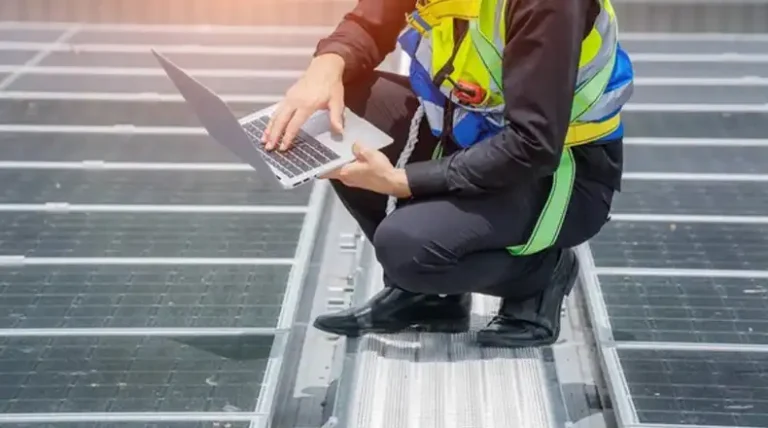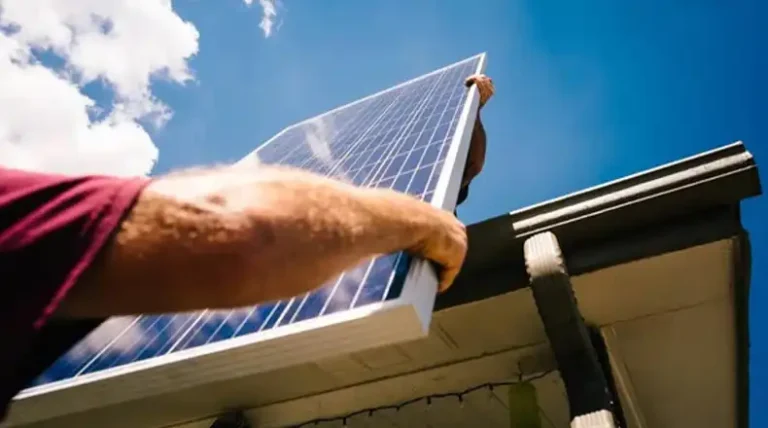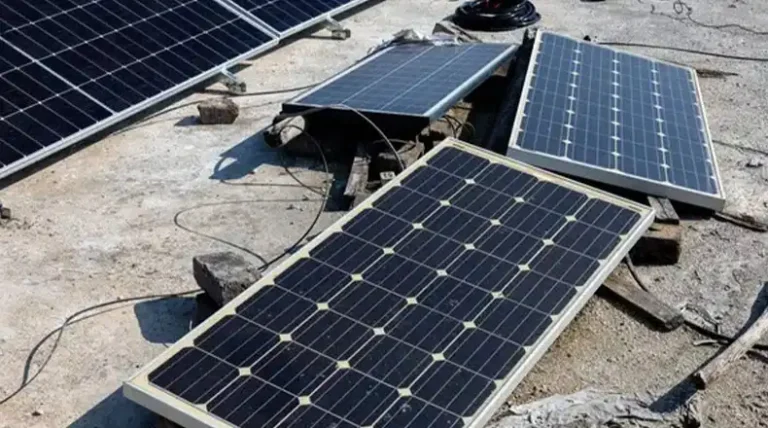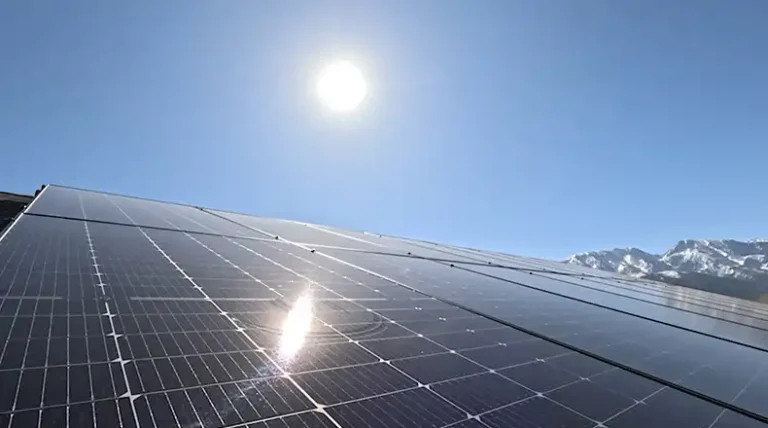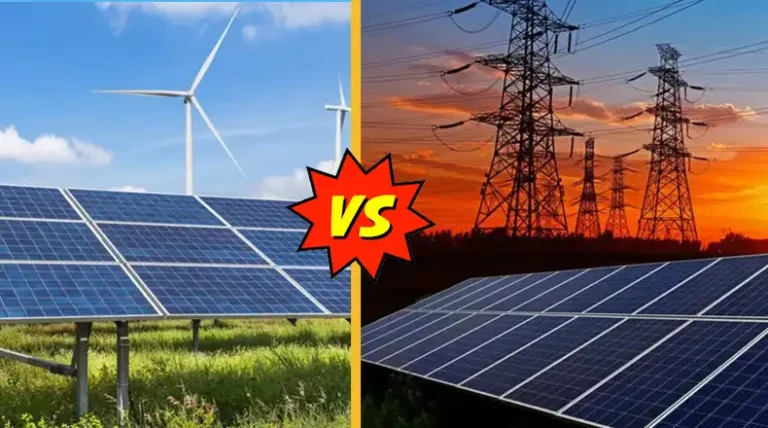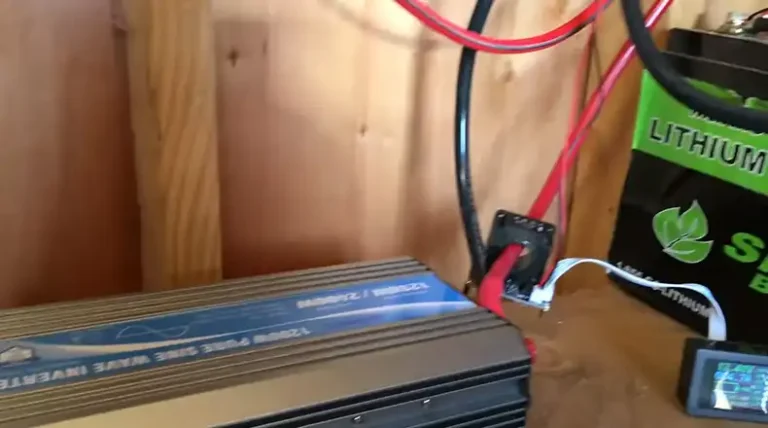Can a Solar Charge Controller Work With a Wind Turbine? Is It Possible?
Solar charge controllers and wind turbines are both commonly used for renewable energy systems, but they have some key differences. This article will discuss the feasibility and considerations of using a solar charge controller with a wind turbine system to charge batteries.
Solar charge controllers are designed to regulate the voltage and current coming from solar panels to prevent overcharging and damage to batteries. Wind turbines generate power that fluctuates more rapidly depending on wind speeds. The power surges can risk overcharging if the charge controller is not equipped for the spikes in power output. However, with the right model and proper configuration, a solar charge controller can potentially work for small wind turbine systems.
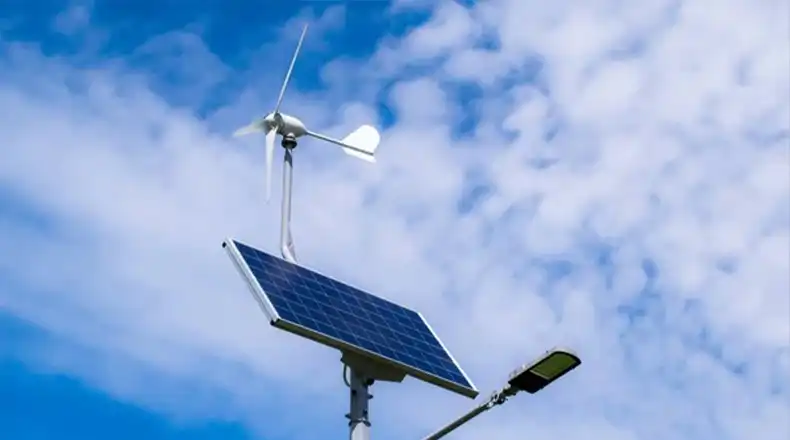
Is Solar Charge Controller Compatible with Wind Turbines?
When attempting to use a solar charge controller with a wind turbine system, it is crucial to consider the compatibility and capacity issues. Wind turbines produce electricity that varies in voltage and current far more rapidly than solar panels. The fluctuations in power can risk overcharging and even damaging batteries if the solar controller is not built to handle it.
Another key issue is that solar charge controllers lack any built-in diversion load capabilities. This is a way to dump excess power safely rather than letting it feed back into the system. For a wind turbine, having a diversion load is critical for controlling power surges and preventing uncontrolled spin of the rotor in high winds. Solar controllers are simply designed to disconnect panels when batteries are charged, so they do not actively regulate output.
When You can Use Solar Charge Controller With a Wind Turbine?
There are a couple of scenarios where using a solar charge controller with a wind turbine may be possible. Some higher-end MPPT solar charge controllers are built with hybrid capabilities in mind. They can potentially handle both solar and wind inputs, but only if voltages and currents are within specified limits. Such controllers would need reconfiguration of settings optimized for the wind turbine system.
Small wind turbines that have a maximum power output of 1-2 kilowatts may also potentially work with a properly sized solar charge controller. The lower power and voltage reduce risk of overcharging and equipment damage. However, the lack of diversion load control is still a limitation to factor in.
Alternatives and Recommendations
For most wind turbine applications, using a charge controller designed specifically for wind systems is strongly recommended. They have the necessary diversion load terminals, surge protection, and safety features tailored to the power variability of wind turbines.
Building hybrid renewable energy systems with separate wind and solar controllers is an effective approach. This allows each portion of the system to function optimally while taking advantage of both power sources. Proper integration of the two systems requires expertise, so professional installation is highly advised, especially for larger systems.
Safely and efficiently incorporating wind turbines into solar power systems warrants consulting qualified system designers and installers. They can provide guidance on equipment selection, sizing, wiring, and configuration tailored to your particular project parameters and goals.
How to Connect Wind Turbine to the Solar Charge Controller
If pursuing a small experimental wind turbine system using a solar charge controller, here are some key steps:
- Select an appropriate MPPT controller that can handle the turbine’s rated wattage and voltage range. Confirm the solar input section can also be used for wind power.
- Use copper wires with a sufficient gauge to safely carry the anticipated amperage from the turbine to controller.
- Carefully wire the turbine output to the solar input terminals on the charge controller, observing correct polarity. Include an appropriately sized circuit breaker or fuse.
- Adjust the controller settings like absorption and float charge voltage based on what the turbine manufacturer recommends for proper battery charging.
- Add a power resistor, light bulb array, or other dump load wired to the diversion load terminals to dissipate excess power.
- Periodically check all electrical connections and monitor the system under windy conditions to ensure proper operation.
The wind turbine will automatically generate power whenever sufficient wind speeds are available to spin the rotor. For safety and efficiency, have a qualified installer assess the system design before proceeding.
Configuration and Settings
If using a solar charge controller with a wind turbine, be sure to check any settings that may need adjustment for optimal performance:
- Consult the turbine documentation to determine the ideal voltage and amperage parameters for charging batteries.
- Adjust any dip switches or dials on the controller accordingly to configure it for wind power input.
- Set the absorption and float charge voltage levels specifically based on the recommendations for the batteries being used.
- Program the maximum wattage or amperage to appropriate levels the controller can safely handle from the turbine.
- Monitor the controller display and indicator lights when testing to check for any abnormal error codes related to wind power.
Take the time to properly optimize the solar controller settings for the wind turbine to minimize problems and safety risks. Professional guidance is recommended, especially when first attempting to integrate wind with a solar system.
Operation and Maintenance
Once properly wired and configured, the wind turbine system connected to a solar charge controller will largely operate automatically. The turbine will begin outputting power whenever sufficient wind speeds spin the blades. That power will pass through the controller and charge batteries as needed.
It is important to perform periodic maintenance to ensure proper functioning:
- Visually check all electrical connections for any loose wiring or damaged insulation. Tighten or repair as needed.
- Confirm the diversion load bulb, resistor, or other dump load device is dissipating excess power from the turbine when batteries are fully charged. Replace if burned out.
- Follow the wind turbine manufacturer maintenance guidelines regarding lubricating and inspecting moving parts, checking fasteners, etc.
- Catching and addressing any problems early on can prevent equipment failures or dangerous malfunctions down the road.
Pros and Cons of Using a Solar Charge Controller
There are some general advantages and disadvantages to attempting to use a solar charge controller in a wind turbine system:
Pros:
- Lower cost than specialized wind charge controllers
- Maximizes battery life by preventing overcharging
- Allows leveraging existing solar power system components
Cons:
- Lack of built-in diversion load control risks equipment damage
- Not optimized for voltage and current fluctuations from wind turbine
- Generally not recommended for turbines above 2 kilowatts
While solar controllers may seem like an economical option, the limitations often outweigh the benefits for most wind power applications. Investing in the proper equipment specifically designed for your system will provide the best long-term performance and safety.
Summary
Using a solar charge controller with a small wind turbine is possible in very limited cases but requires caution and adjustments. For any larger or serious wind power system, a charge controller designed specifically for wind applications is strongly advised. This will provide necessary diversion load handling and other safety features given the different power generation characteristics of wind turbines. Consulting renewable energy system experts is the best way to properly integrate wind and solar equipment and maximize their capabilities.
What size wind turbine can I use with a solar charge controller?
For experimentation, a solar controller may work with a very small turbine up to 2 kilowatts, but lack of diversion load control is risky. Any larger turbines really require a dedicated wind power charge controller.
Do I need a dump load for a wind turbine on a solar controller?
Yes, you should implement some type of dump load for the wind turbine even with a solar controller. This gives an outlet for excess power instead of letting it feed back into the system and potentially overcharge the batteries.
Can I connect multiple wind turbines to my solar charge controller?
No, a single solar controller does not have the capacity to handle multiple wind turbines. Each turbine should have its own dedicated controller designed specifically for wind systems.
How do I adjust settings on a solar controller for wind power?
Consult your turbine documentation for ideal voltage and current parameters, then adjust the absorption and float voltages on the solar controller accordingly. Also reduce the maximum wattage/amperage to appropriate levels below the solar input rating.
What gauge wire should I use between the wind turbine and controller?
Select a copper wire gauge adequate to safely carry the full current output of your specific wind turbine model. Undersized wires present a fire hazard and power loss. Consult an installation professional for the proper wire sizing.
Will a wind turbine work with a PWM solar controller instead of MPPT?
A PWM type solar charge controller is unlikely to work well with a wind turbine. The simpler PWM design lacks the voltage control capabilities necessary for the fluctuating power from a turbine. MPPT controllers are better suited but still not ideal.
Can I use a wind turbine battery bank on the same solar charge controller?
It is best to use separate solar panel and wind turbine battery banks, each with their own charge controllers. Combining the two different power sources onto a single controller risks improper charging and interconnection issues.

